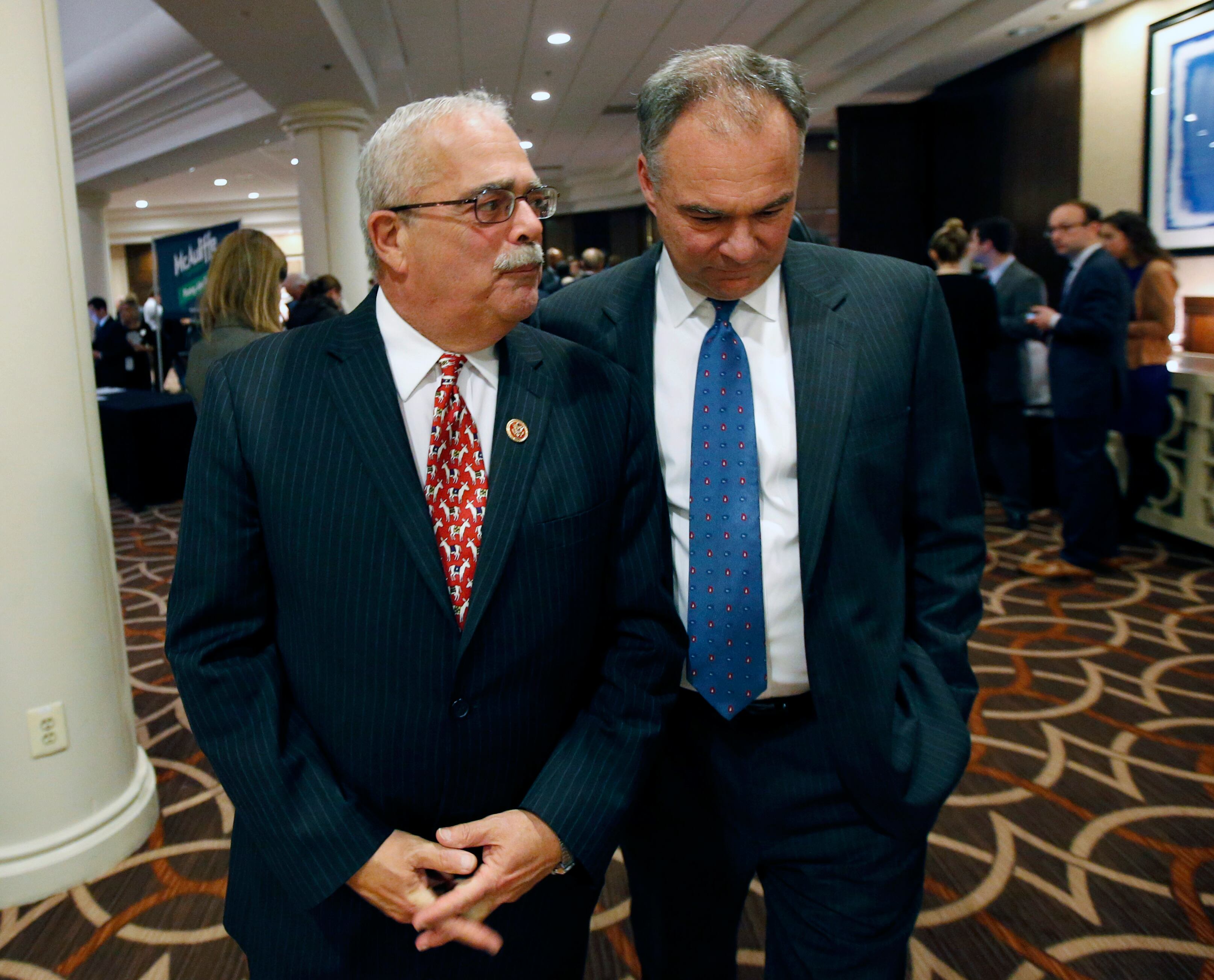Despite upbeat ‘70s music blaring through loudspeakers and whoops of support from a clapping, dancing crowd at the Hyatt Regency hotel on Capitol Hill Monday, American Federal of Government Employees leaders representing more than 700,000 federal workers are bracing for a difficult year ahead.
A divided Congress makes pushing legislative priorities on union issues difficult, and the presidential election this November raises the possibility of a hostile White House and a Congress if small-government Republicans gain more power. A conservative Supreme Court presents another battlefield for the union, leaders said. And all the while, funding for the current government fiscal year, now almost half over, remains uncertain, even as planning for fiscal 2025 must soon begin.
“What we must do is make every previous AFGE [mobilisation] look like childsplay in comparison, because the stakes have never been higher than they are right now,” said union President Everett Kelley.
RELATED

In no uncertain terms, Kelley said ensuring the Biden White House’s worker-friendly policies remain intact is critical to preventing a future administration, including one led by former President Donald Trump as soon as next January, from reviving at-will hiring and firing as proposed by Schedule F. That plan would convert tens of thousands of federal workers into political appointees, ending federal job protections.
Since Trump introduced the plan, unions have been working in concert with lawmakers including Rep .Gerry Connolly, Sen. Tim Kaine, and Rep. Abigail Spanberger, all Virginia democrats, to legislate a ban on Schedule F. For now, the proposal isn’t being discussed much after President Biden’s executive order repealing it. Final regulations are pending from the Office of Personnel Management to further reinforce the merit system and increase the justification threshold for any future official seeking to change it.
But in Kelley’s eyes, nothing can be left to chance, especially with Trump polling well nine months before election day.
“Our greatest and most urgent challenge ... is this upcoming election,” he said at the union’s annual legislative conference. “If Trump winds up back up in the White House, American democracy will not survive. Everything is on the line. Every gain that we have won. Every value we hold dear. Every aspect of our democracy.”
Kelley told reporters more than two-thirds of all AFGE members were registered Democrats. The union endorsed Biden for the 2020 election.
RELATED

With only former South Carolina Gov. Nikki Haley and Trump remaining among 2024 Republican presidential hopefuls, the likelihood of a return of Schedule F seems somewhat easier to track. Trump has been clear about his intent to reinstate it or something similar; his campaign website says as much.
Haley recently proposed the idea of term limits for civil servants, which would be a new structure for a workforce that tends to span multiple administrations. She wrote in a New York Post column that Washington needs to be cut “down to size” and decentralized, and Congress will vote on every new rule and regulation.
While some have pointed to the tripling of the federal workforce in the 20th century as a sign of a bloated system, the actual size of the government has remained relatively constant since, hovering around 2.2 million employees for decades. That’s as the U.S. population surged over a half century to more 330 million people in 2020 from just over 200 million in 1970.
Put another way, since the Bureau of Labor Statistics began tracking this data in 1939, the proportion of all U.S. workers employed by the federal government has fallen by 1% point, according to USA Facts, a not-for-profit, nonpartisan civic group that visualizes and analyzes public data.
“These are tough times,” said Rep. Steny Hoyer, D-Md., at the event. “This is an important year. There are too many people that talk about bureaucrats as if it’s an epithet. I hear it on the floor, and every time I hear it, I cringe because it implies a diminution.”
Molly Weisner is a staff reporter for Federal Times where she covers labor, policy and contracting pertaining to the government workforce. She made previous stops at USA Today and McClatchy as a digital producer, and worked at The New York Times as a copy editor. Molly majored in journalism at the University of North Carolina at Chapel Hill.





